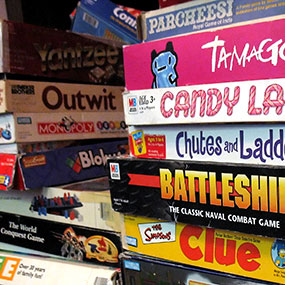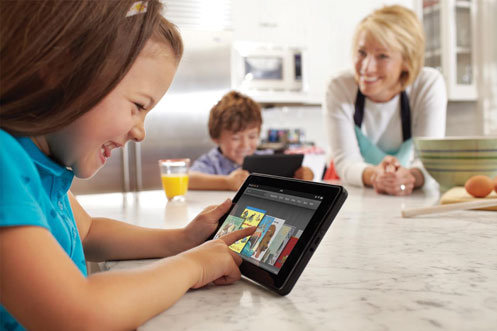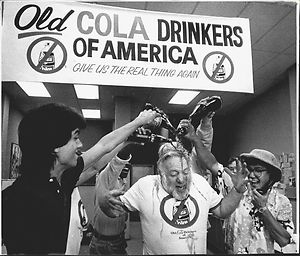
For many companies in a declining product segment, simply staying in business is an accomplishment.
As physical toys are being replaced (like so many other things) by computer/tablet/cell phone screens, toy makers like Hasbro and Mattel are facing challenges. Americans per capita are spending 30% less on traditional toys/games than they did in 1998. To make matters worse, the new digital games market has proven to be much less profitable. Barbie must be losing her head.

But the news is not all bad. Proving that niche companies fare well in shrinking segments, children’s building block maker LEGO saw a 25% increase in revenue last year, thanks to a successful product line expansion. Furthermore, while several brands of dolls and action figures crowd store shelves, LEGO maintains an 85% share in the building block market. As a company with a highly unique product and strong brand, it has a better chance of surviving the segment shake up.
Meanwhile with brands like Parker Brothers and Milton Bradley, its a roll of the dice.
